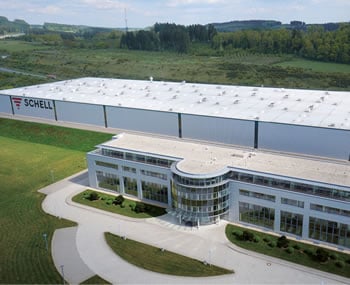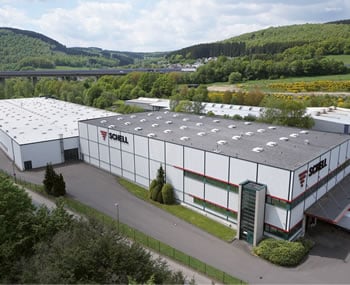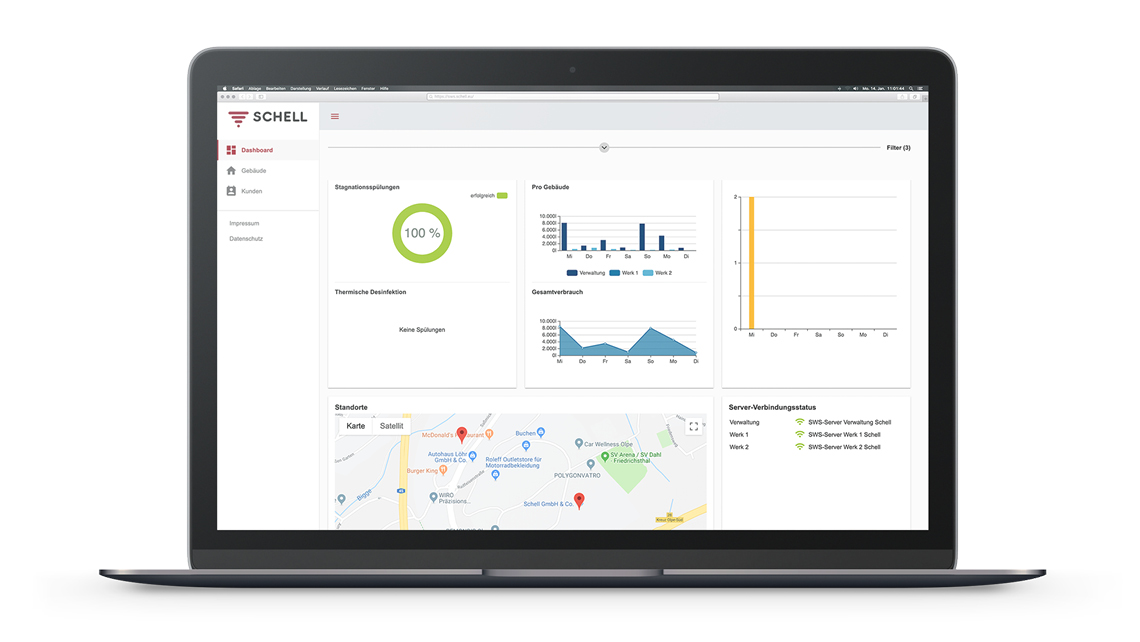Drinking water hygiene in schools, etc. – with intelligent solutions from SCHELL
7-minute read
The summer holidays are just around the corner – and so, too, are interruptions to the ‘specified normal operation’ of school buildings, just like during the long periods of home schooling caused by the pandemic. While this can jeopardise water quality, help is at hand. One of the most helpful countermeasures can be read about in the new edition of VDI 6023–1. This standard explains which precautions should be taken, for example, in order to avoid dangerously long periods of stagnation in the piping, which can result in the excessive proliferation of Legionella and other bacteria. All of which is easy to do with solutions from SCHELL. The summer holidays are a good time to schedule sanitary facility renovations.
Anyone looking to ensure hygienic sanitary facilities is well advised to take a look at SCHELL’s contactless electronic fittings, which are available for wash basins, kitchens, showers, WCs and urinals. Thanks to contactless triggering, these fittings significantly reduce the potential transmission of bacteria and viruses. This is especially useful in facilities that not only handle a lot of traffic but may also be used by visitors who have yet to learn or follow good hygiene practice: such as in schools and daycare facilities where young or very young children will also be present alongside adult staff. More importantly, since these kinds of buildings are also used during pandemics or the more typical flu seasons, a decision to switch to contactless electronic fittings now is a worthwhile investment for protecting user hygiene going forward. Hygiene specialist Dr Peter Arens, Head of Product Management at SCHELL: “The typical way we might get sick after paying a visit to a public toilet is via direct contact with sanitary ware: when we touch dirty surfaces, bacteria and viruses are transferred to our hands, then to our mouths and the rest of our bodies. This is true anywhere and everywhere. And in public toilets, especially school toilets, the risk of infection is certainly higher, since these are used by a great many people – and not always hygienically. The good news, however, is that we can protect ourselves simply by ensuring that we wash our hands thoroughly. After washing our hands, to ensure that we don’t have to touch the same lever we did before washing them, our electronic fittings with infrared sensors offer an additional element of safety because operation is contactless.”
Electronic fittings are safer
As previously, the new edition of VDI 6023-1 also requires a complete flush-through of the drinking water installation across all tapping points every 72 hours. Electronic fittings can help to ensure compliance with legal requirements for operating drinking water installations (e.g. section 17 of the German Drinking Water Ordinance). This is also a very important point for managers of public and private educational establishments, where user and drinking water hygiene are a top priority. Electronic fittings simulate ‘specified normal operation’: their flow times and sensor detection ranges can be configured, and they can be programmed to carry out automatic stagnation flushes 24 hours after their last use. This is especially important if the necessary exchange of water cannot (or can no longer) take place as required – such as in the event of lockdowns during a pandemic or if usage is much lower than usual as a result of working from home and home schooling. Here, electronic fittings can offer a reliable solution over the long term.
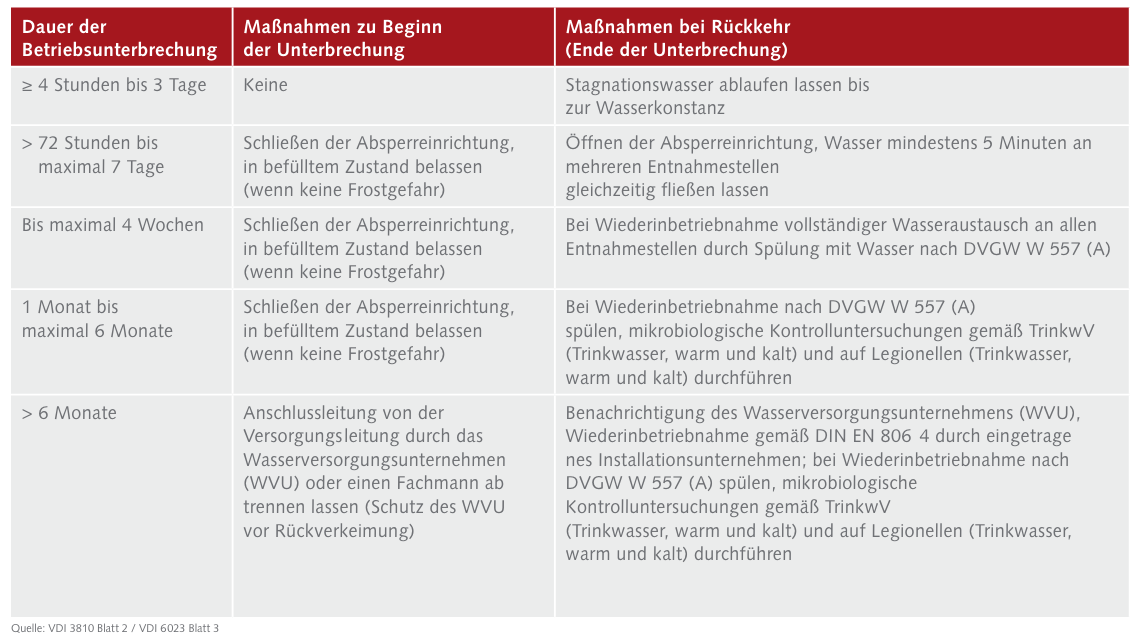
Water exchanges to safeguard drinking water hygiene
Automated water exchanges therefore offer a helpful and practical approach to safeguarding drinking water quality. Building users and facility managers in the public and private education sectors alike must ensure that a regular exchange of water takes place, even if there are interruptions to specified normal operation. This is where the intelligent SCHELL SWS Water Management System offers an optimum solution. SWS can be used to carry out automated stagnation flushes at specified intervals and times of day or based on temperature readings – or as a hybrid system that combines both approaches. SCHELL SWS offers centralised management for all of the electronic fittings in a building. Among the many advantages this offers, facility managers can configure the system so that the right number of tapping points are opened simultaneously for stagnation flushes that will ensure at least a simple turbulent flow which also passes through all of the installation’s supply and connection piping. Only this kind of concurrency during flushing operations can ensure the required complete exchange of water in a drinking water installation at intervals of 72 hours. Another advantage is that the flushes for specified normal operation and temperatures according to VDI 6023-1 can be logged, which offers a practical means of record-keeping for facility managers.
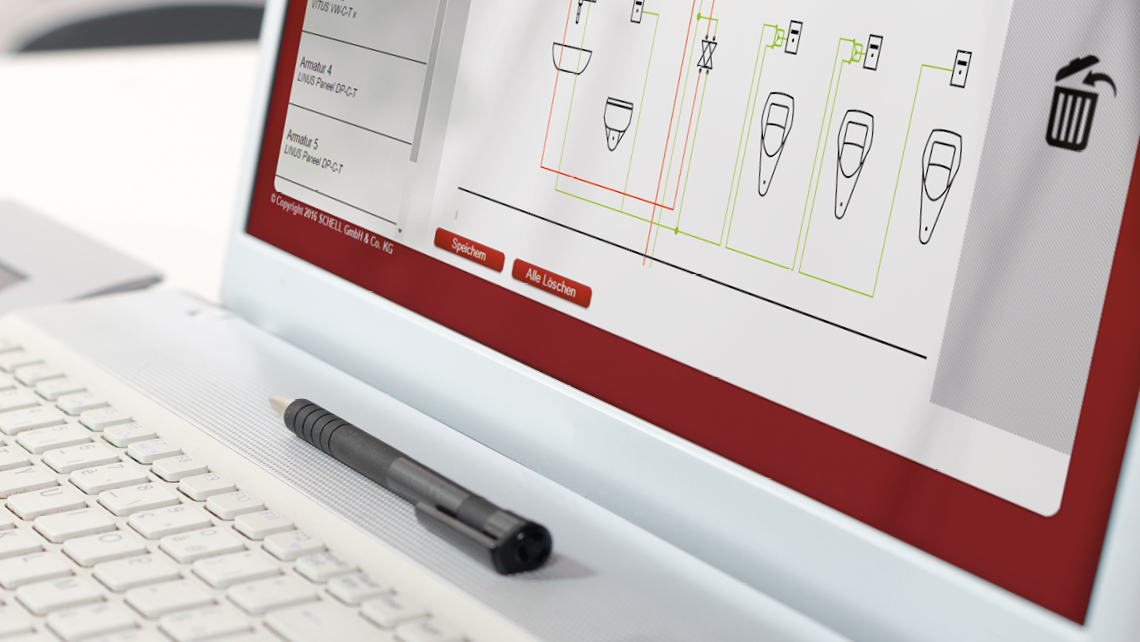
Technical planner Christoph Tiede, owner of Tiede Ingenieurunternehmung GmbH, has explained this in an interview: “A modern school building may have as many as 50 or even 100 tapping points – wash basins, WCs, showers, janitor’s rooms and tea points for the teachers. SCHELL’s SWS Water Management System offers an opportunity to log all of this usage. This helps us to individually tailor the measures we need for maintaining drinking water hygiene – and to do so based on facts and not merely a set of assumptions. Wash basins in classrooms are one example, which were certainly a good idea when we were still writing on blackboards with chalk. And the teachers still want to keep them there, even though modern classrooms are now equipped with digital whiteboards. These wash basins are a problem for us, because the taps may not be used as often as previously planned – which causes stagnation. With SCHELL SWS, we can now incorporate these taps easily into the network. At the same time, we also have a record of when and how often these tapping points were used.”
As another benefit, SCHELL SWS is equally at home when used in renovations or new-build development projects. Offering both wired and/or wireless networking options for electronic fittings, even drinking water installations in existing properties can easily be retrofitted.

A perfect pair: SCHELL SWS with SMART.SWS
With the SMART.SWS online service, facility managers do not even need to enter the building they want to monitor. Instead, they can simply check on their drinking water installation operations while out and about. Whether working from home or sitting in the company office, they can view scheduled stagnation flushes and water temperatures for any of their buildings, and make targeted changes as and when required. Callouts for maintenance work – such as changing batteries – can also be planned efficiently and cost-effectively, saving both time and money.
Summary: Thanks to the SCHELL solutions described above, facility managers of (semi-)public and commercial buildings, as well as private educational establishments, are well prepared to handle usage fluctuations or interruptions and the resumption of normal operations, to ensure continuous, reliable and long-term protection of the drinking water installation together with user health.
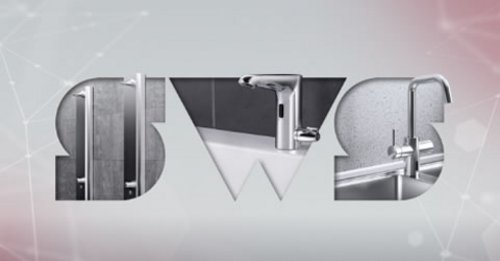
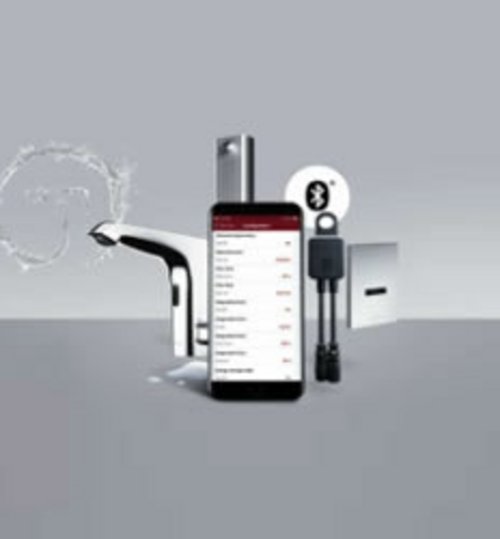
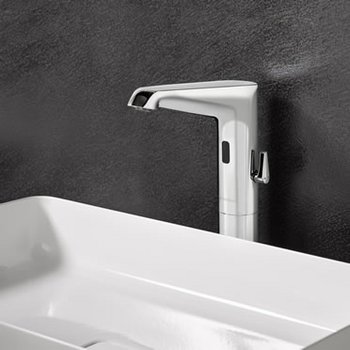
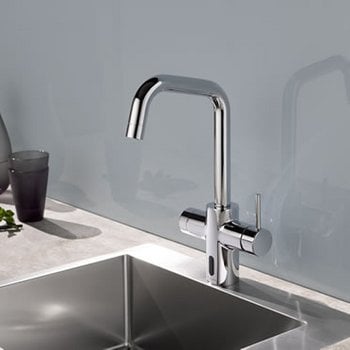
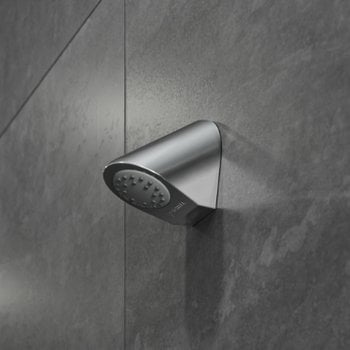
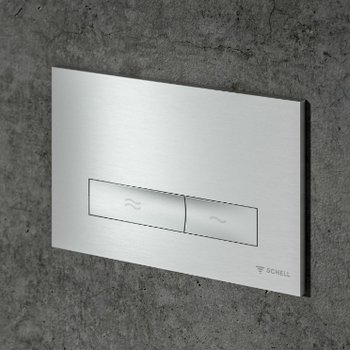
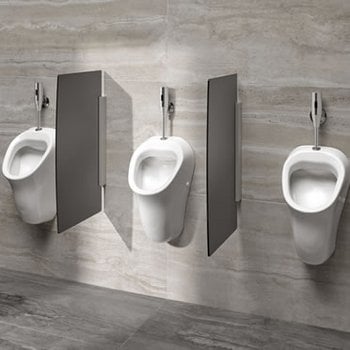
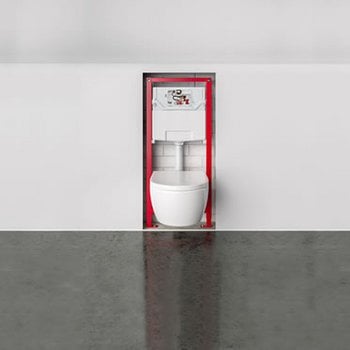
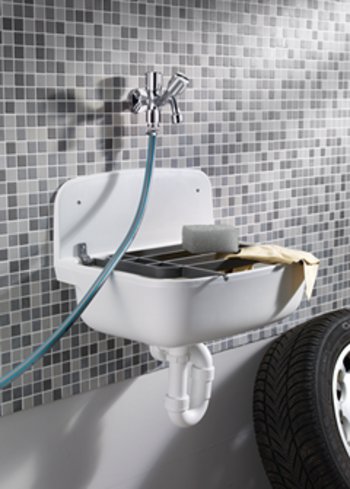
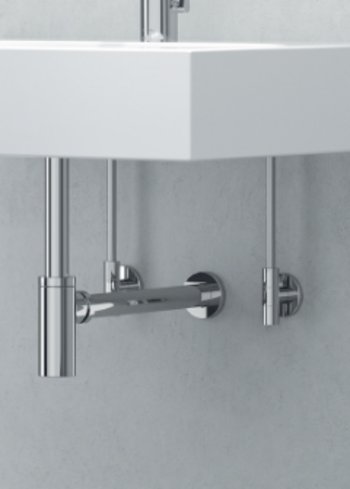
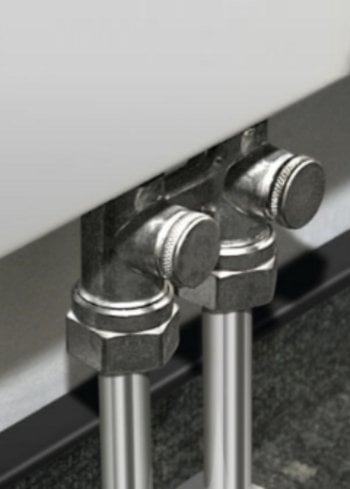
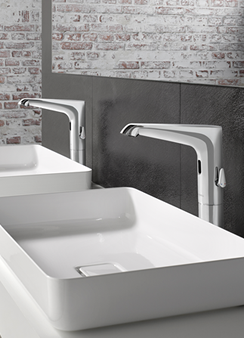
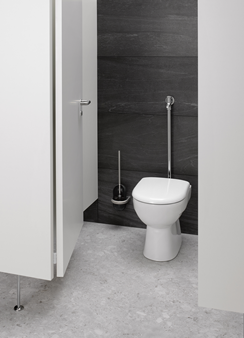
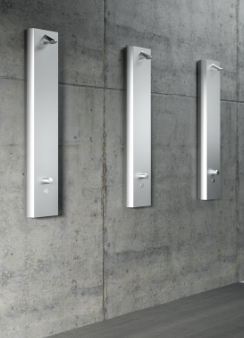

![[Translate to English:] Eingangsbereich des Boutique Fitnessstudios EVO Fitness Bel & Main in Wien.](/fileadmin/user_upload/blog/2024/Evo_Fitness_AT/Evo_Fitness_Bel___Main_Wien-Menue.jpg)

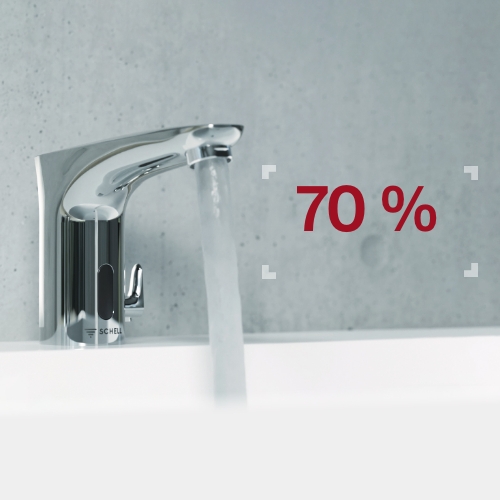
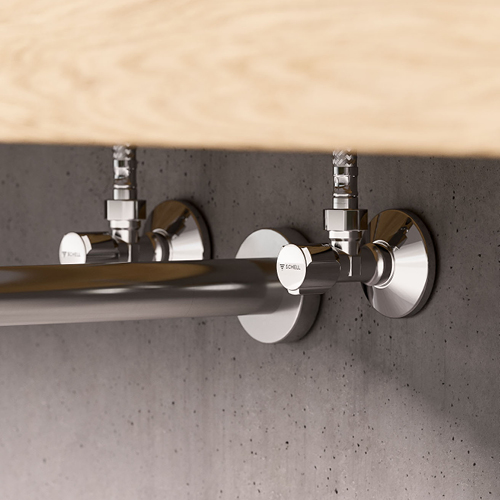

![[Translate to English:] [Translate to English:]](/fileadmin/user_upload/images/menu/menu_service_downloads_broschueren.jpg)
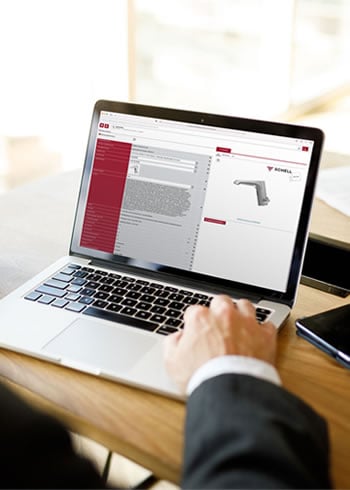



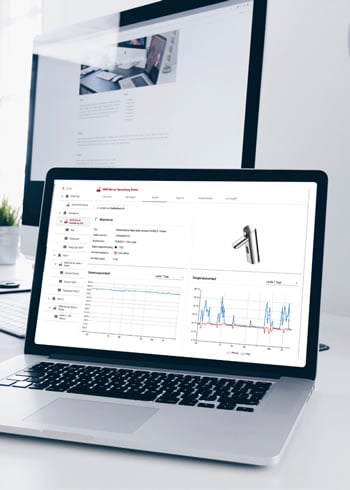

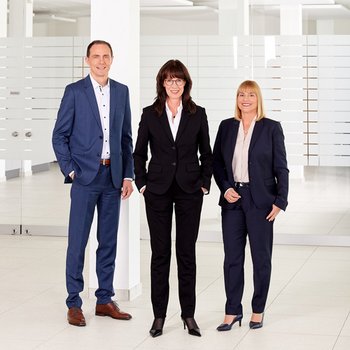
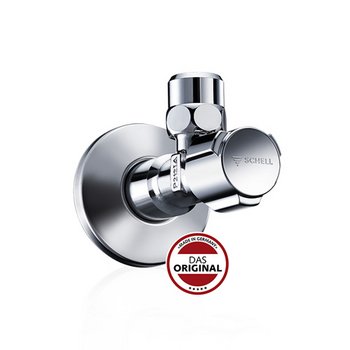
![[Translate to English:] [Translate to English:]](/fileadmin/_processed_/7/7/csm_menu_unternehmen_ueber-schell_awards_f6cec25b1d.jpg)

![[Translate to English:] [Translate to English:]](/fileadmin/_processed_/a/0/csm_menu_unternehmen_ueber-schell_wasser-sparen_41036d2dd9.jpg)


